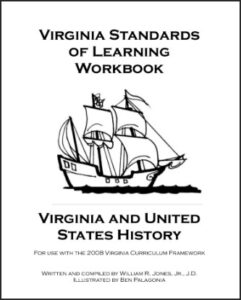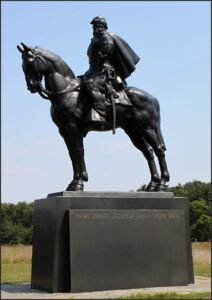by Jon Baliles
Chances are you have driven by The Library of Virginia at 8th and Broad Streets downtown many times. Chances also are that you have never been inside one of the great institutions in the city that holds a treasure trove of information, documents, books and knowledge that will enlighten and inspire (not to mention it is home to a great Virginia gift shop that is a go-to at Christmas).
Antoinette Essa at CBS6 has her story about the library’s upcoming 200th Anniversary and a major new (free) exhibition that opens this Tuesday. “200 Years, 200 Stories, an exhibition,” will focus on all of the “incredible stories in the collections, so we’ve really focused this on the stories. It’s people from every walk of life, every race, every religion,” according to Gregg Kimball, the director of public services and outreach for the library.
The library was founded by the General Assembly on January 24, 1823. Its mission was to care for, organize and manage the state’s growing collections of official records and books.
There are stories based on people who first arrived here in the 17th century and those who first showed up in recent decades. Beyond the stories are artifacts from the whimsical to the most serious. There will be events and programs accompanying the exhibit, which will remain open through October. Continue reading


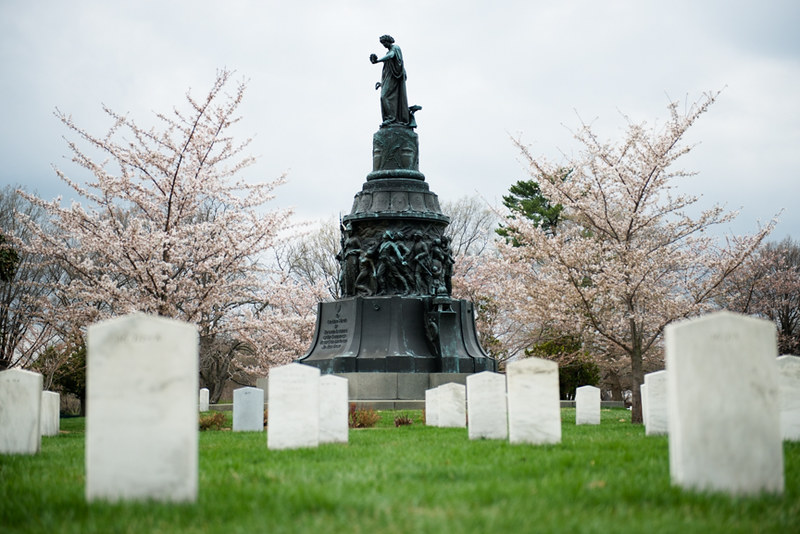
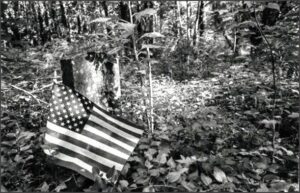

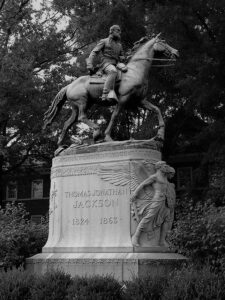
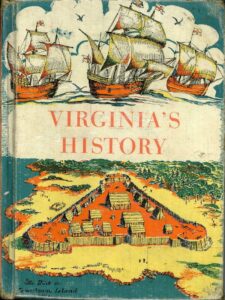 by Dick Hall-Sizemore
by Dick Hall-Sizemore